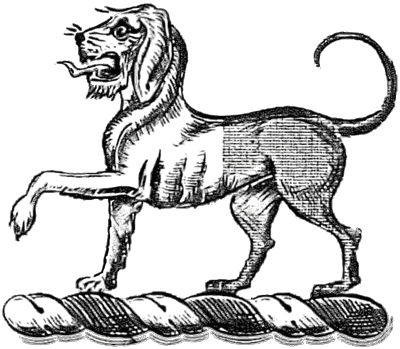We are in an area of breathtaking beauty with a wide range of habitats ranging from farmland to heathland and from woodland to beach.
Nature Reserve
Benacre National Nature Reserve is rightly recognised as one of the finest wildlife sites in Britain and indeed is important in a European context for its birds and coastal broads. One of the reasons that the Reserve is so important is because of the range of rare habitats it has.
The Reserve is particularly important and special because of the wild life that thrives in the rare habitats. There are territories of bitterns and marsh harriers as well as otter and water voles. Fallow deer browse in the woods. The glades we have created provide ideal conditions for butterflies and dragonflies. Avocet and redshank breed on the islands of the lagoon.
Amongst the insects found on the reserve, the reedbed is home to the very rare white-mantled wainscot moth, which was considered extinct in Britain for nearly l00 years until it was rediscovered on this site. There are also plenty of butterflies, including the recently discovered brown argus. You could see ruddy darter or hairy dragonflies. The saline lagoons also boast specialist species like lagoon sand shrimp and starlet sea anemone. Where the anemone does occur, large populations can be found – up to 10,000 individuals in just a square metre!
The heathlands are home to woodlarks and sometimes wheatear and hobby. Throughout the summer and autumn, the broad supports large numbers of waders, which feed on the masses of invertebrates living within the exposed mud. Species such as redshanks, greenshanks, godwits, dunlin, common sandpipers occur each year and larger waders such as spoonbill and little egret are becoming regular summer visitors.
In addition to the ancient woodland at Holly Grove and the younger broadleaved and pine woods around the broads, the wetland systems are hugely important. Easton valley to the south is the second largest reedbed in England and it is here together with the reedbeds at Covehithe and Benacre broads that you are likely to see marsh harriers and bearded reedlings. Here also is where the booming sound of the bittern is most often heard during the spring. On the shingle beaches little tern and avocets nest, often with oystercatchers and ringed plovers in the same protected areas.
Although the area is not particularly rich botanically, there are a number of rare and uncommon species – wild daffodil and a declining population of greater broomrape. Typical East Anglian shingle species such as yellow-horned poppy, sea pea, sea kale, sea holly and prickly saltwort may be found along the shore; and the northern dune has the rare grey hair grass and the local sheep-bit. Typical woodland species include climbing corydalis, orpine, herb bennet, yellow pimpernel and wild hop and the reedbeds have the local marsh sow-thistle and marsh mallow, with golden dock and greater skullcap on the bunds.
Hedgerows
The Estate has recently instigated a hedgerow policy of improving and creating new hedges along field boundaries and encourage where possible the location of set aside to maximise the benefit for wildlife habitat. In addition, all farming tenants are encouraged to properly manage hedgerow boundaries, cutting at the appropriate time of year as well as being encouraged to leave certain areas of grassland uncut for nesting birds.
Woodlands
The Estates woodlands are both beautiful and some very old. The woodlands are home to many varieties of trees, flowers, carpets of snowdrops, wild daffodils, bluebells, primroses and exquisitely scented honeysuckle. There are also many varieties of butterflies, common pond life and all kinds of animals and birds including deer, rabbit, squirrel, hare, badger, fox, wood mice, stoats, weasels, woodpeckers, owls, magpies, rooks, crows, woodlarks, sparrowhawks, marsh harriers amongst others.
